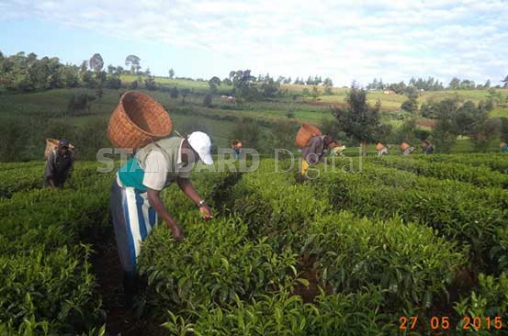×
The Standard e-Paper
Kenya’s Boldest Voice

South Rift tea farmers should blame consumer preferences for tea from Eastern region for the low bonuses they receive, Kenya Tea Development Agency (KTDA) Managing Director Lerionka Tiampati says.
He says consumers prefers tea grown in the Eastern region because it is of higher quality, and this affects pricing and bonuses.